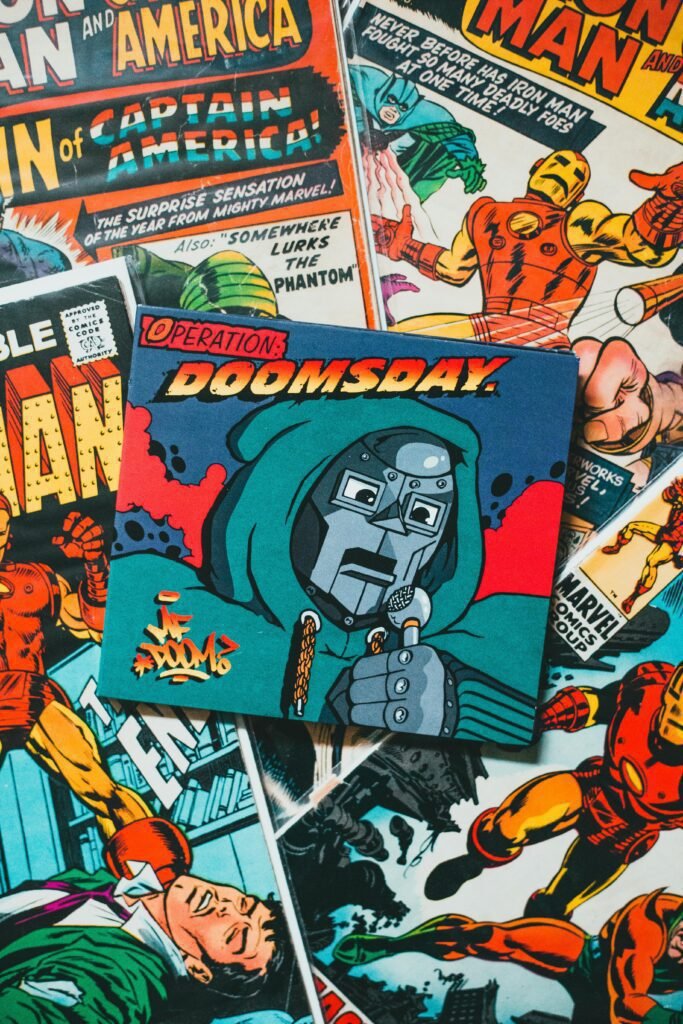
Collectibles and comics have long held a special place in the hearts of enthusiasts and investors alike. From the golden age of comic books in the 1930s and 1940s to the booming collectibles market of the 1980s and 1990s, these items have not only been cherished for their artistic and storytelling value but also for their potential as lucrative investments. However, with the advent of digital media and changing consumer preferences, many are left wondering if the era of collectibles and comics has come to an end. This article explores the current state of these beloved items and whether they still hold relevance in today’s world.
The rise of digital media has undoubtedly transformed the landscape of collectibles and comics. With the convenience of digital platforms, consumers can now access a vast array of content without the need for physical storage. This shift has led to a decline in physical comic book sales, as more readers turn to digital versions available on smartphones, tablets, and computers. The same trend is observed in the collectibles market, where virtual items and digital trading cards are gaining popularity. These digital alternatives offer the advantages of easy accessibility, portability, and often lower costs, which appeal to a tech-savvy generation.

Despite the growing dominance of digital media, there remains a dedicated and passionate community of collectors who continue to value physical comics and collectibles. For these enthusiasts, the tactile experience of holding a vintage comic book or a rare collectible is irreplaceable. The thrill of the hunt, the joy of discovering a hidden gem, and the satisfaction of completing a collection are aspects that digital formats cannot replicate. Physical comics and collectibles also carry a sense of nostalgia and connection to the past, which resonates deeply with collectors who grew up during the peak of these markets.
The collectibles market has also evolved to include a wider range of items beyond traditional comics and action figures. Memorabilia from popular movies, limited-edition merchandise from beloved franchises, and rare autographed items have become highly sought after. This diversification has helped sustain interest in physical collectibles, even as digital alternatives gain traction. Auction houses and online marketplaces dedicated to collectibles continue to thrive, indicating that there is still a robust demand for tangible items.
Moreover, the investment potential of comics and collectibles has not diminished. Rare and well-preserved items can fetch significant sums at auctions, attracting investors looking for alternative assets. Iconic comic books, such as the first appearance of Superman in Action Comics #1 or the debut of Spider-Man in Amazing Fantasy #15, continue to command high prices. The rarity and historical significance of these items make them valuable assets that can appreciate over time. Similarly, limited-edition collectibles from popular franchises can become highly coveted, driving up their market value.
The social aspect of collecting also plays a crucial role in maintaining the relevance of comics and collectibles. Conventions, trade shows, and fan gatherings provide opportunities for collectors to connect, share their passion, and trade items. These events foster a sense of community and camaraderie among enthusiasts, reinforcing the cultural significance of physical collectibles. The exchange of stories, knowledge, and rare finds at these gatherings cannot be replicated in the digital realm, highlighting the enduring appeal of tangible items.
While digital media offers convenience and accessibility, it also presents challenges in terms of authenticity and permanence. Digital comics and collectibles can be easily copied, pirated, or altered, raising concerns about their long-term value and authenticity. Physical items, on the other hand, come with provenance and can be authenticated through various means, providing a level of security and assurance to collectors and investors. This aspect of physical collectibles continues to be a compelling factor for those who value the integrity and originality of their collections.

While the era of collectibles and comics may have shifted with the rise of digital media, it is far from over. The enduring appeal of physical items, driven by nostalgia, investment potential, and the tactile experience, ensures that they remain relevant in today’s world. The dedicated community of collectors, the evolving market of diverse collectibles, and the irreplaceable social aspects of collecting all contribute to the ongoing significance of these cherished items. As long as there are enthusiasts who value the artistry, history, and unique experience of physical collectibles and comics, this era will continue to thrive, adapting to new trends while preserving its timeless essence.











